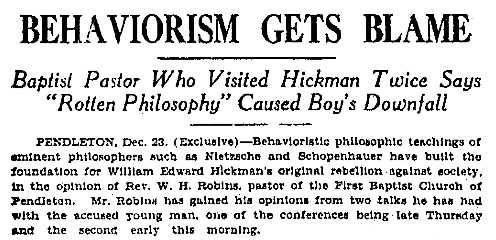 March 18, 1927
March 18, 1927Los Angeles
Police are searching for “bandit queen” Rose Berk with renewed effort after today’s arrest of one of her henchmen, Fred J. Cook. Berk (aka Rose Buckingham, aka Rose Burke) is suspected of masterminding more than half a dozen “feminine lure” robberies during the last week alone. During the course of these hold-ups, Berk pretended to be a helpless female seeking “assistance in starting a stalled automobile.” She was perhaps particularly suited to this role because, “unlike the usual type” of bandit queen, Berk was described by police as “homely, awkward in her manner and so old-fashioned that she still wears her hair long.”
However out of style she may have been, Berk evaded capture by the L.A.P.D. On April 13, 1927, she was behind the wheel of the getaway car when a group of hold-up men, Fred Cook among them, robbed the Seaboard National Bank on Wilshire Boulevard of $21,000. The hapless Cook was arrested two years later, when in August 1929, he was recognized on a visit to Rose Berk, then jailed in Indianapolis. Alas, her trail goes cold here-we’ll never know if she finally bobbed her hair.
Modeling the “old-fashioned” look is one of the winners of the Times’s Mary Pickford look-alike contest in 1924.


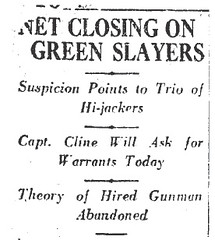
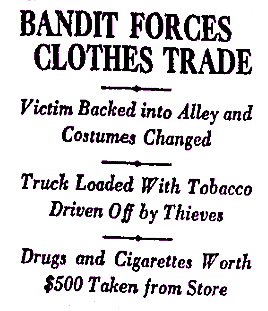
 February 3, 1927
February 3, 1927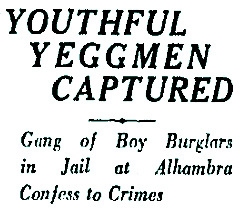 But fret not people of Los Angeles! The bulls have pinched (
But fret not people of Los Angeles! The bulls have pinched (


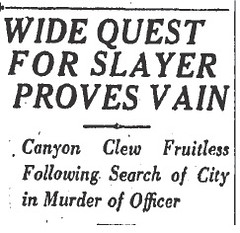

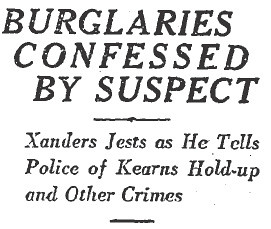
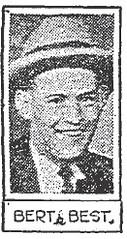
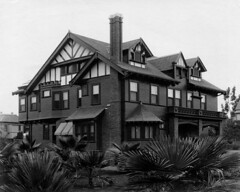 Xanders spent most of the day with sheriffs, trading quips and calmly confessing to a litany of misdeeds. He admitted to burglarizing the home of John Lindley near Azusa (see photo), and he has also said that he and his crime buddy, Ray E. McCoy, robbed famed boxing manager
Xanders spent most of the day with sheriffs, trading quips and calmly confessing to a litany of misdeeds. He admitted to burglarizing the home of John Lindley near Azusa (see photo), and he has also said that he and his crime buddy, Ray E. McCoy, robbed famed boxing manager 
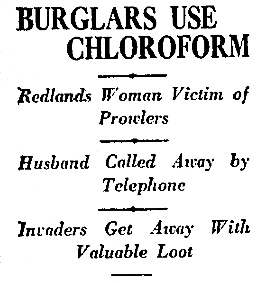 Well-known automobile distributor Lawrence S. Ferguson,
Well-known automobile distributor Lawrence S. Ferguson, 

